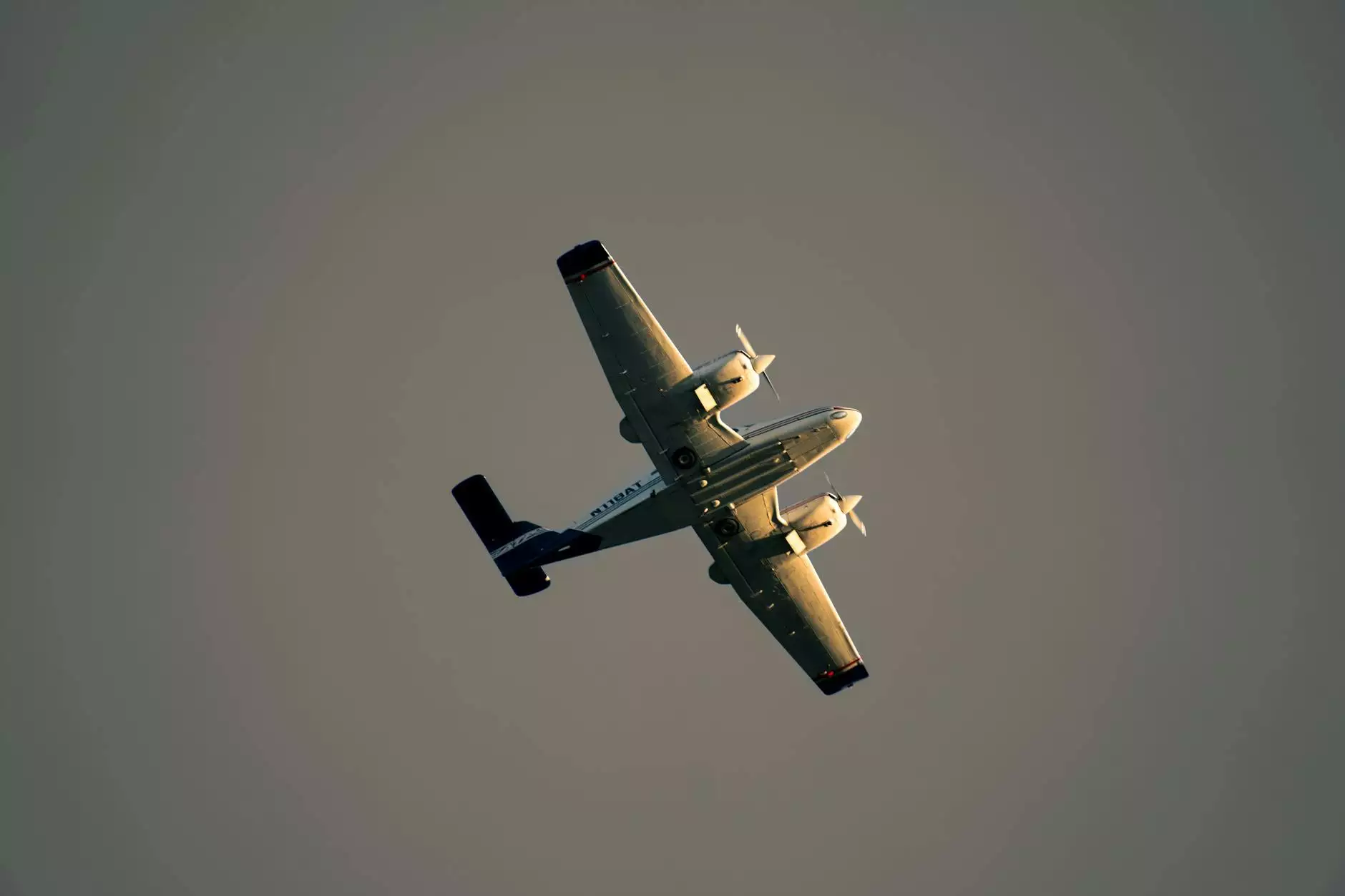Enhancing Fireground Communications: A Comprehensive Guide

Fireground communications play a crucial role in the effectiveness and safety of firefighting operations. As technology continues to evolve, the importance of robust and efficient communication systems cannot be overstated. This article delves into the various facets of fireground communications, exploring the technologies, best practices, and strategies that ensure firefighters have the critical information they need at their fingertips.
Understanding Fireground Communications
Fireground communications refer to the exchange of vital information between different teams and units responding to a fire incident. This includes communication between firefighters on the ground, command centers, dispatchers, and other emergency services. Effective communication can significantly impact the outcome of firefighting efforts, resulting in better safety for personnel and civilians alike.
The Importance of Effective Communications in Firefighting
In emergency situations, time is of the essence. Effective fireground communications ensure that:
- Decisions are made quickly: Commanders must assess situations swiftly and relay information to on-ground teams efficiently.
- Safety protocols are followed: Clear and continuous communication helps in maintaining safety protocols and keeping teams informed of hazards.
- Resources are allocated wisely: Communication facilitates the coordination of personnel and resources, optimizing response efforts.
- Civilians are kept safe: By communicating effectively, firefighters can ensure civilian evacuations and safety measures are executed promptly.
Current Technologies in Fireground Communications
The evolution of technology has revolutionized fireground communications. Here are some key technologies currently enhancing the efficiency of fire services:
1. Digital Radios
Digital radios provide clearer audio, reduce interference, and allow for encrypted communications, which is essential during sensitive operations. They offer better range and reliability over traditional analog radios, ensuring firefighters can communicate effectively in diverse environments.
2. Mobile Data Terminals (MDTs)
MDTs allow firefighters to access critical information such as building plans, hazard databases, and real-time updates from incident command. This technology ensures that first responders are equipped with the necessary data to make informed decisions.
3. Real-Time Video Streaming
Some departments are integrated with cameras and drones that provide real-time video feeds to command centers. This technology aids in situational awareness and strategic planning, enabling commanders to visualize the incident and respond appropriately.
4. Incident Command Software
This software facilitates the management of fireground operations by providing tools for resource allocation, unit tracking, and incident documentation. By streamlining communication, incident command software enhances coordination among different teams.
Best Practices for Fireground Communications
Implementing effective fireground communication strategies is essential for operational success. Here are several best practices that fire services can adopt:
1. Standard Operating Procedures (SOPs)
Establishing standard operating procedures for communications helps ensure that all team members are on the same page. SOPs can include communication protocols, terminologies, and processes for escalating information flow.
2. Regular Training and Drills
Continual training and regular communication drills enhance team readiness. Simulated scenarios help firefighters practice their communication skills under pressure, which is invaluable during real events.
3. Evaluate and Upgrade Technology
Regular evaluations of communication equipment and technologies are vital. Upgrading to the latest tools and software can alleviate issues caused by outdated technology and enhance operational effectiveness.
4. Encourage Feedback
Encouraging feedback from fireground personnel regarding communication effectiveness can lead to improvements. Open lines of dialogue foster an environment where teams feel valued and empowered to share their insights.
Challenges in Fireground Communications
Despite advancements in technology, several challenges still affect fireground communications:
1. Interoperability Issues
Different agencies may utilize varying communication systems, making it challenging to coordinate effectively during multi-agency incidents. This lack of interoperability can lead to delays and confusion.
2. Environmental Factors
Fireground conditions can be unpredictable. Factors such as smoke, heat, and structural collapse may disrupt communications. Ensuring robust systems are in place to handle these conditions is essential.
3. Adequate Training
Even with the best technology, if personnel are not adequately trained in its use, communications can break down. Continual training is necessary to maintain operational efficiency.
Case Studies of Successful Fireground Communications
Examining real-life instances where strong communication strategies led to successful fire management can provide valuable insights:
1. Case Study: Wildfire Response
In 2020, California faced unprecedented wildfire scenarios. Agencies that employed integrated communication platforms, including fire cameras and real-time updates, managed to coordinate evacuations and resource allocations more effectively, ultimately saving lives and property.
2. Case Study: Urban Fire Incident
A high-rise fire in Chicago highlighted the importance of clear communication across units. The incident command utilized mobile data systems to relay updates, allowing rapid decision-making and efficient resource deployment. This response minimized the impact of the fire and improved the safety of both firefighters and civilians.
The Future of Fireground Communications
As we look to the future, the landscape of fireground communications will continue to evolve.
1. Integration of Artificial Intelligence (AI)
AI technology promises to automate communication processes, analyze data patterns, and predict fire spread dynamics. This innovation can assist incident commanders with decision-making based on real-time data analytics.
2. Enhanced Reality Applications
Augmented and virtual reality solutions will enable firefighters to visualize scenarios and training exercises, leading to improved situational awareness in actual incidents.
3. Improved Network Infrastructure
Advancements in network infrastructure, such as 5G technology, can provide faster data transmission, improved connectivity in remote areas, and enhanced reliability of communications during critical fire responses.
Conclusion
In conclusion, fireground communications are a vital component of successful firefighting operations. By leveraging modern technologies, adopting best practices, and overcoming communication challenges, fire services can greatly enhance their operational effectiveness. As we continue to innovate and improve our communication systems, the safety and efficiency of firefighting efforts will only strengthen, ultimately leading to better outcomes for both firefighters and the communities they serve.
For more information on how telecommunications, IT services, and computer repair can enhance your organization's communication capabilities, visit teleco.com.








